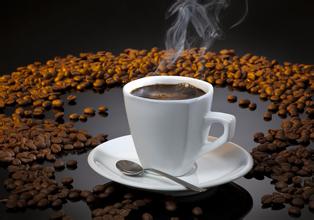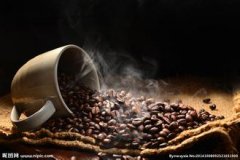History of Origin and Development of Water-washed bourbon species in Kayanza Province of Burundi Burundi Bulundi Champion processing Plant

This is excellent news for countries that earn more than 80% of their foreign exchange earnings from coffee exports. Due to the abundant coffee growing season Rain Water and good field management, coffee production in 2004-05 was significantly higher than that of last year. According to Burundian officials, coffee bean production this year will reach 36000 tons, which is six times higher than last year (5600 tons). The United States, Starbucks, the largest coffee retailer in the world, said a few days ago that it would increase its purchase of coffee from Burundi. Industry insiders said that Starbucks' move is conducive to the economic development of Burundi. The New York Stock Exchange made a decision with the Burundian government and coffee production and export enterprises on February 17, 2005.
Burundi has the most diverse and successful coffee industry in the world, and has its own characteristics. Coffee in this country was introduced by Belgian colonists in 1930 and is now grown only on small farms. Unfortunately, many of these farms are on the border with war-torn Rwanda, putting pressure on coffee production. Almost all coffee produced in Burundi is Arabian coffee beans, while coffee trees in Ngozi are planted at an altitude of more than 1200 meters. Burundian coffee has a rich aroma and excellent acidity, and most of its products are exported to the United States, Germany, Finland and Japan.
[Bulongdi Champion processing Plant] is located in the Maerdadi Peak of the Panjia treatment Plant in Cabuye District, Cajun Province, with a very high altitude, even a mountain area of more than 2000 meters. The soil is fertile and gravelly, which is very suitable for coffee growth. It is recognized as the best coffee processing plant in Bulongdi.
Country: Burundi
Growth: 1750 m
Production area: Kayanza Kabuye
Baking degree: medium baking
Treatment method: traditional wet treatment
Variety: bourbon species
Processing plant: Parnjia processing plant
Flavor: sour citrus, lemon, orange, almond aromas
Important Notice :
前街咖啡 FrontStreet Coffee has moved to new addredd:
FrontStreet Coffee Address: 315,Donghua East Road,GuangZhou
Tel:020 38364473
- Prev

A brief introduction to the History and Culture of the Origin and Development of Matarimoka Fine Coffee beans
The coffee beans produced in Yemen belong to Arabica. Generally speaking, mocha beans are smaller than ordinary coffee beans and look very different from other coffee beans with large particles. However, although this kind of coffee bean is small, it contains distinct features, especially the distinct fruit acid often plays a role in flavor enhancement in mixed coffee. No wonder it is compared to the red in coffee.
- Next

Indonesia Bali Fine Coffee Bean Kalana Quinta Mani Volcano Ubud Treatment Plant Sunlight Origin Hair
This year Rodney successfully experimented with three different batches, including washing, honey treatment and sun treatment. Three different methods, the flavor greatly exceeded the average batch of origin, the overall defect rate and uniformity were even better than the Central American fine beans. The washing and honey treatment had bright and complex acidity, and the sun treatment batch had even more than the Panama Manor sun batch.
Related
- Detailed explanation of Jadeite planting Land in Panamanian Jadeite Manor introduction to the grading system of Jadeite competitive bidding, Red bid, Green bid and Rose Summer
- Story of Coffee planting in Brenka region of Costa Rica Stonehenge Manor anaerobic heavy honey treatment of flavor mouth
- What's on the barrel of Blue Mountain Coffee beans?
- Can American coffee also pull flowers? How to use hot American style to pull out a good-looking pattern?
- Can you make a cold extract with coffee beans? What is the right proportion for cold-extracted coffee formula?
- Indonesian PWN Gold Mandrine Coffee Origin Features Flavor How to Chong? Mandolin coffee is American.
- A brief introduction to the flavor characteristics of Brazilian yellow bourbon coffee beans
- What is the effect of different water quality on the flavor of cold-extracted coffee? What kind of water is best for brewing coffee?
- Why do you think of Rose Summer whenever you mention Panamanian coffee?
- Introduction to the characteristics of authentic blue mountain coffee bean producing areas? What is the CIB Coffee Authority in Jamaica?

